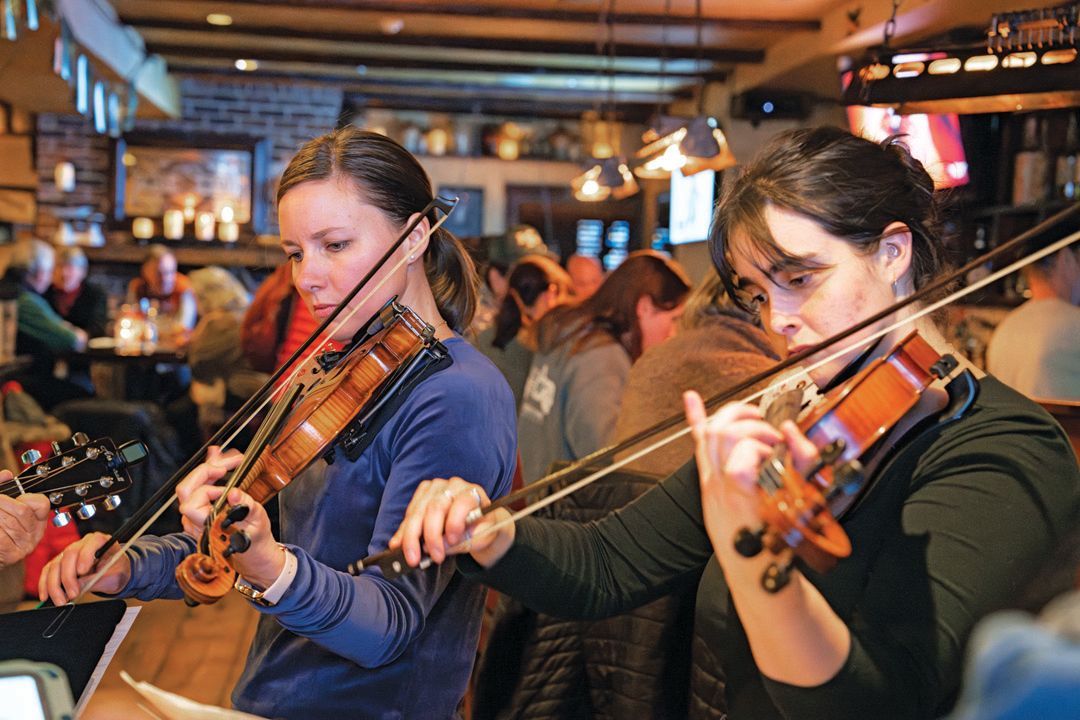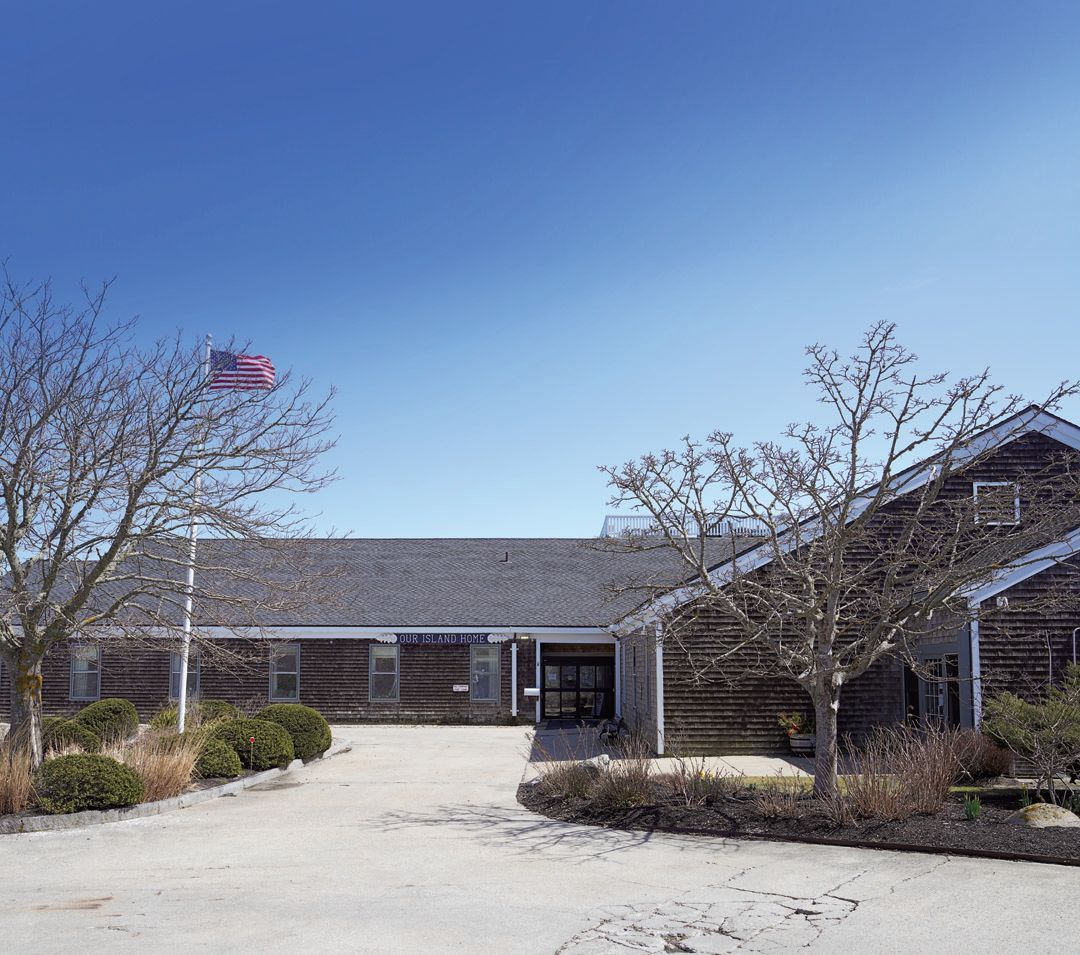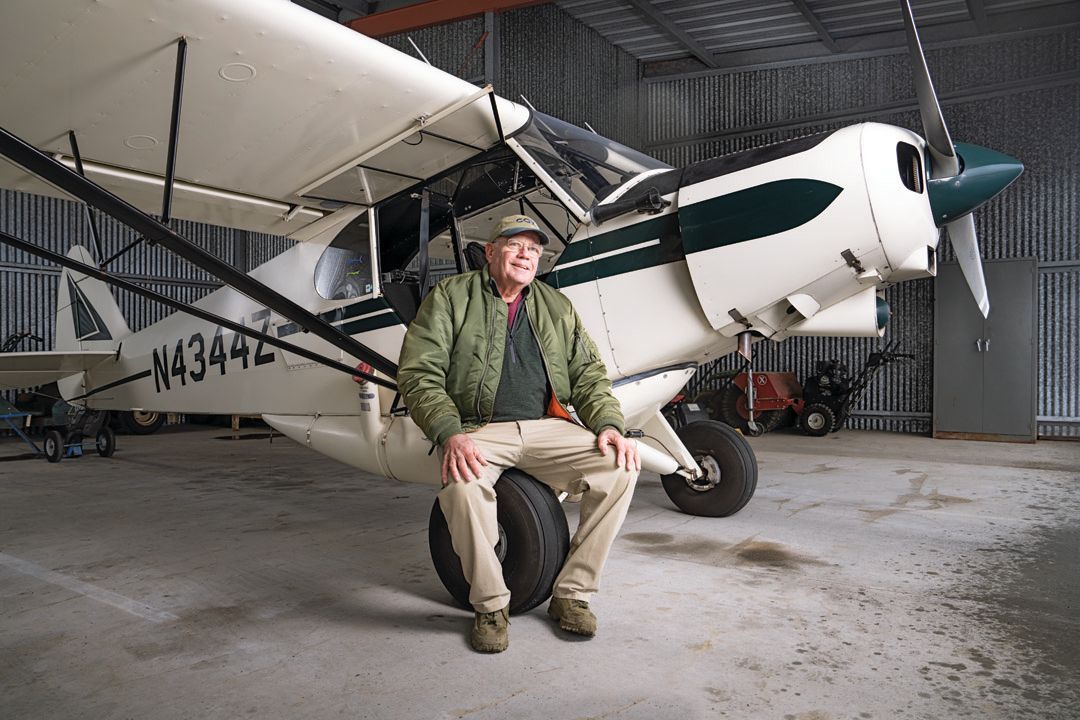BIRD'S-EYE VIEW
Skyler Kardell has traveled the world in search of rare birds.
Standing in an empty church in the abandoned whaling port of Grytviken on the island of South Georgia, lashed by Antarctic winds and the salt of a freezing ocean, Skyler Kardell felt a supernatural presence. He could only compare it to the mysterious fourth man who haunts the pages of the diary Ernest Shackleton wrote while fleeing across the Antarctic ice from the wreck of the Endurance. Coincidentally, Shackleton was also buried at Grytviken.

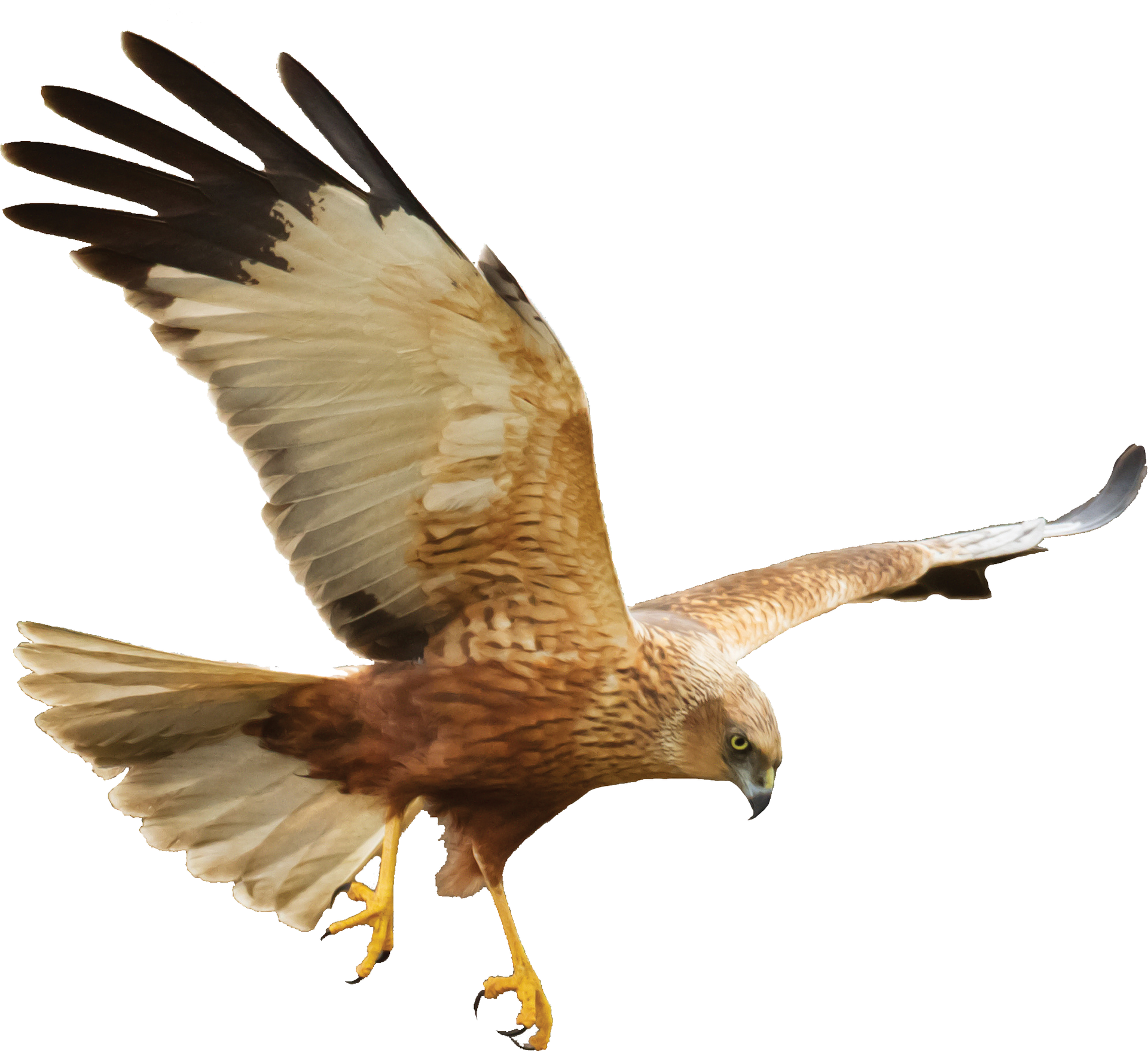
Kardell, a 21-year-old college student who grew up on Nantucket, came to Grytviken, one of the ports closest to Antarctica, for the same reason he goes almost everywhere: birds. The research vessel he was working on was tasked by the National Science Foundation with studying the effects of global warming on seabird populations in the Antarctic and the krill they eat, and it was the birds that drew Kardell in. From a deer refuge in the Florida Keys to the Scottish Highlands, Kardell has traveled the world in search of birds, driven by an obsession not unlike Shackleton’s insatiable desire to cross the Antarctic ice.
“I think it’s very noble to say you’re going out [birding] to see birds in their natural habitat, but I can’t say that’s why I do it,” Kardell says. “I do it because I’m a competitive individual, and I’m someone who obsesses a lot about perfecting my craft.”
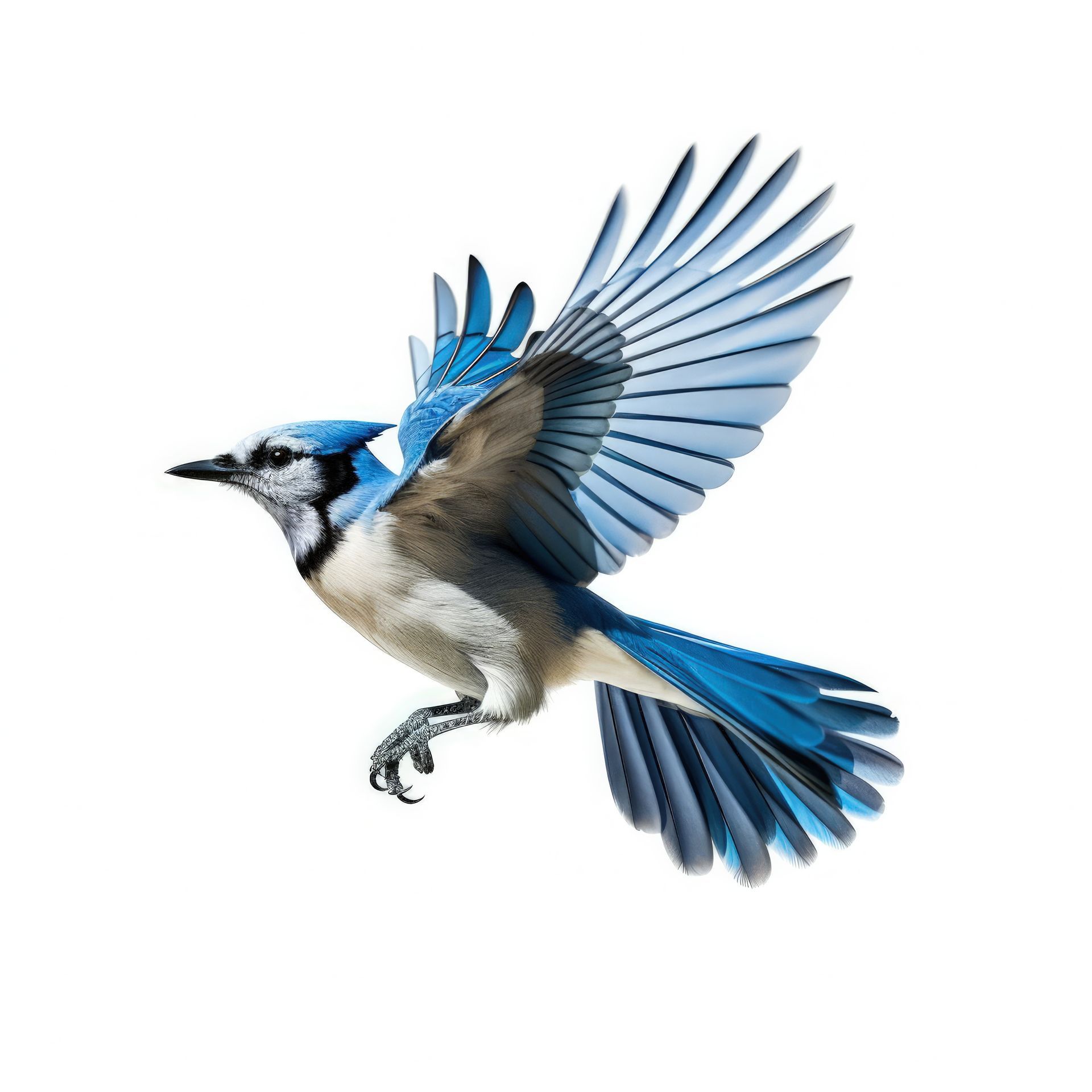
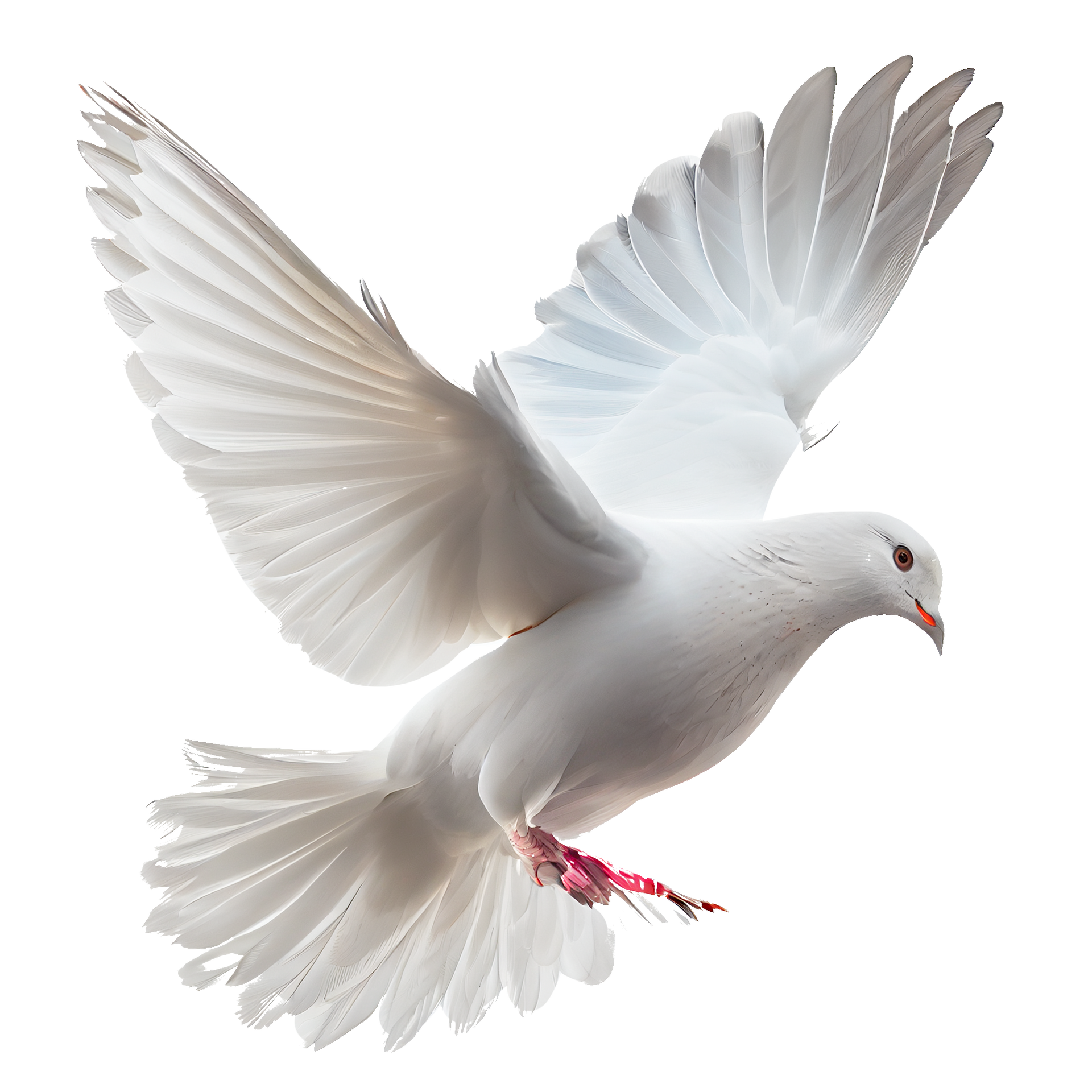
That’s not the only reason Kardell enjoys birding. He started because of a desire to understand the natural beauty of Nantucket and see the world from a new perspective, and those motivations still drive him today. There is a special kind of connection to nature that can only be formed by endless hours searching through its darkest corners and highest branches for an elusive species or the origin of a distant song. Birding also gives Kardell access to a vast network of experts who have spent their lives studying the natural world, and he values their wisdom as highly as any rare bird. But it is the obsession that has allowed Kardell to become so good at what he does.
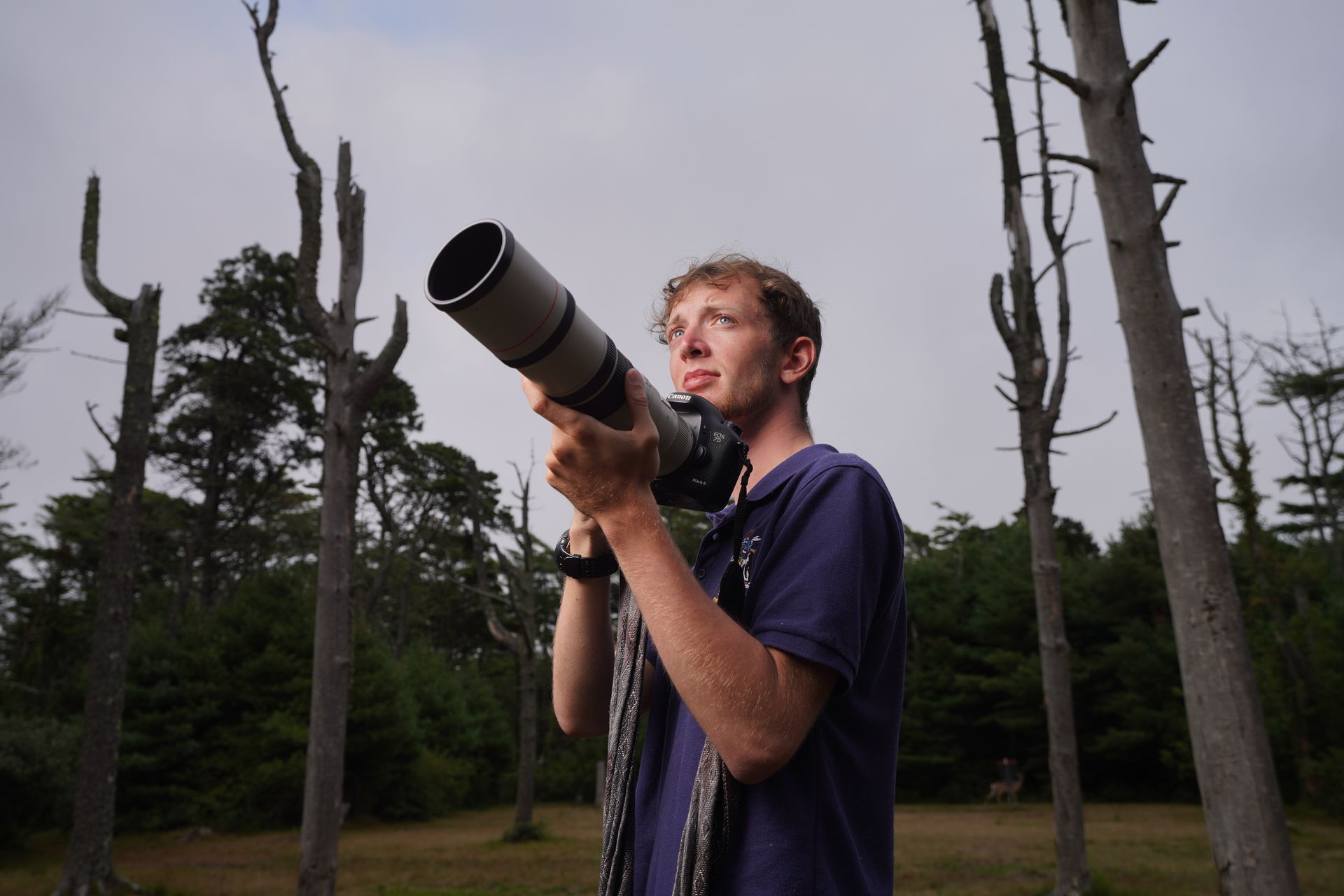
That obsession led Kardell to spend the bulk of the pandemic isolated on Tuckernuck, monitoring shorebirds for the Trustees of Reservations and trudging through the mists that roll in from the Atlantic, at times speaking to no one for days. “It was totally transformative,” he says.
During his residence on Tuckernuck, Kardell drew national attention when he photographed the first gray heron ever documented in the contiguous United States. The photograph of the bird, wings spread in flight as it swooped low over the distant island of Muskeget, was featured in National Geographic. But Kardell remembers the day spent chasing the heron across the water for another reason.
A sampling of Kardell’s photographs, which capture birds in their natural habitats
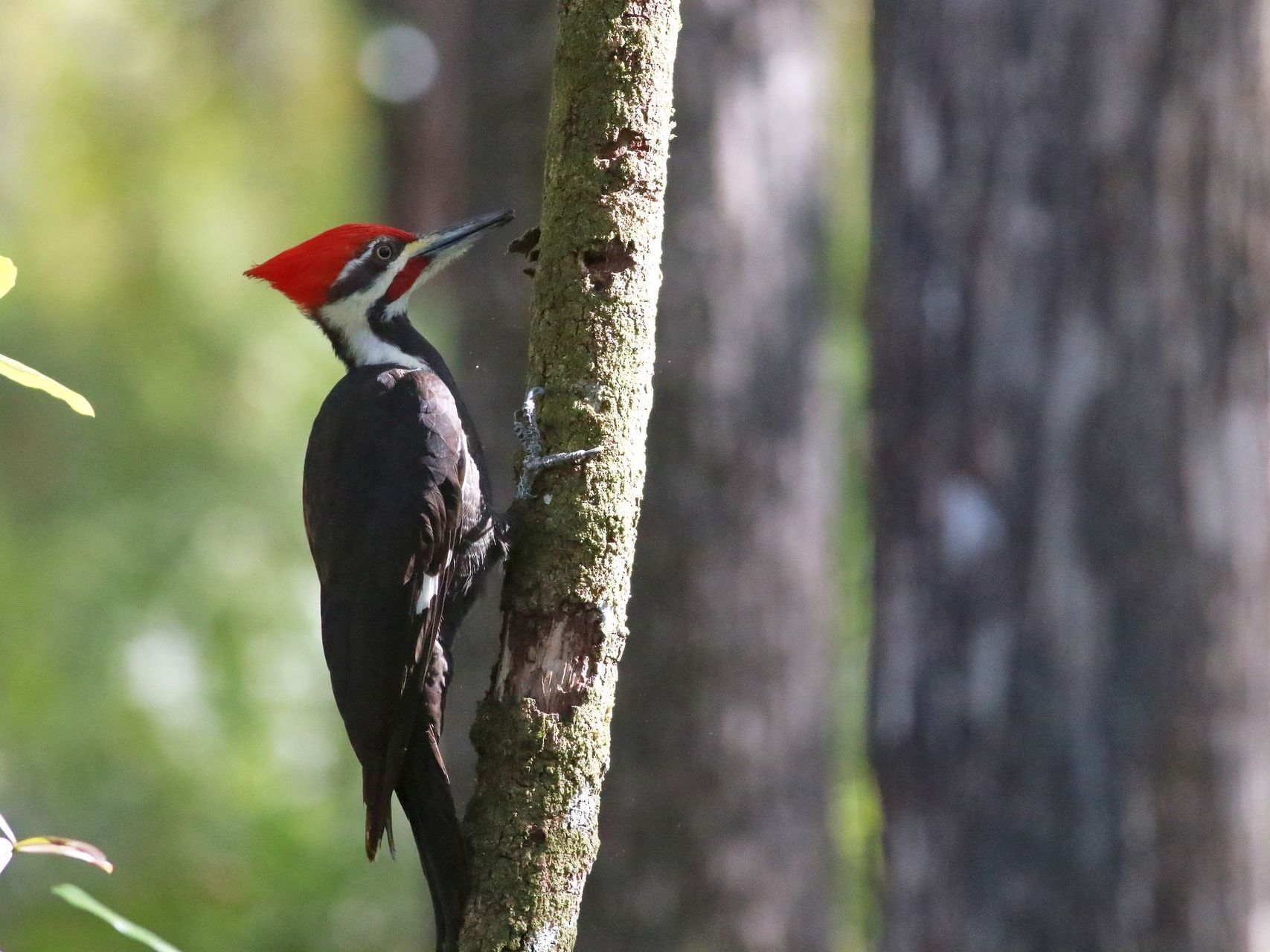
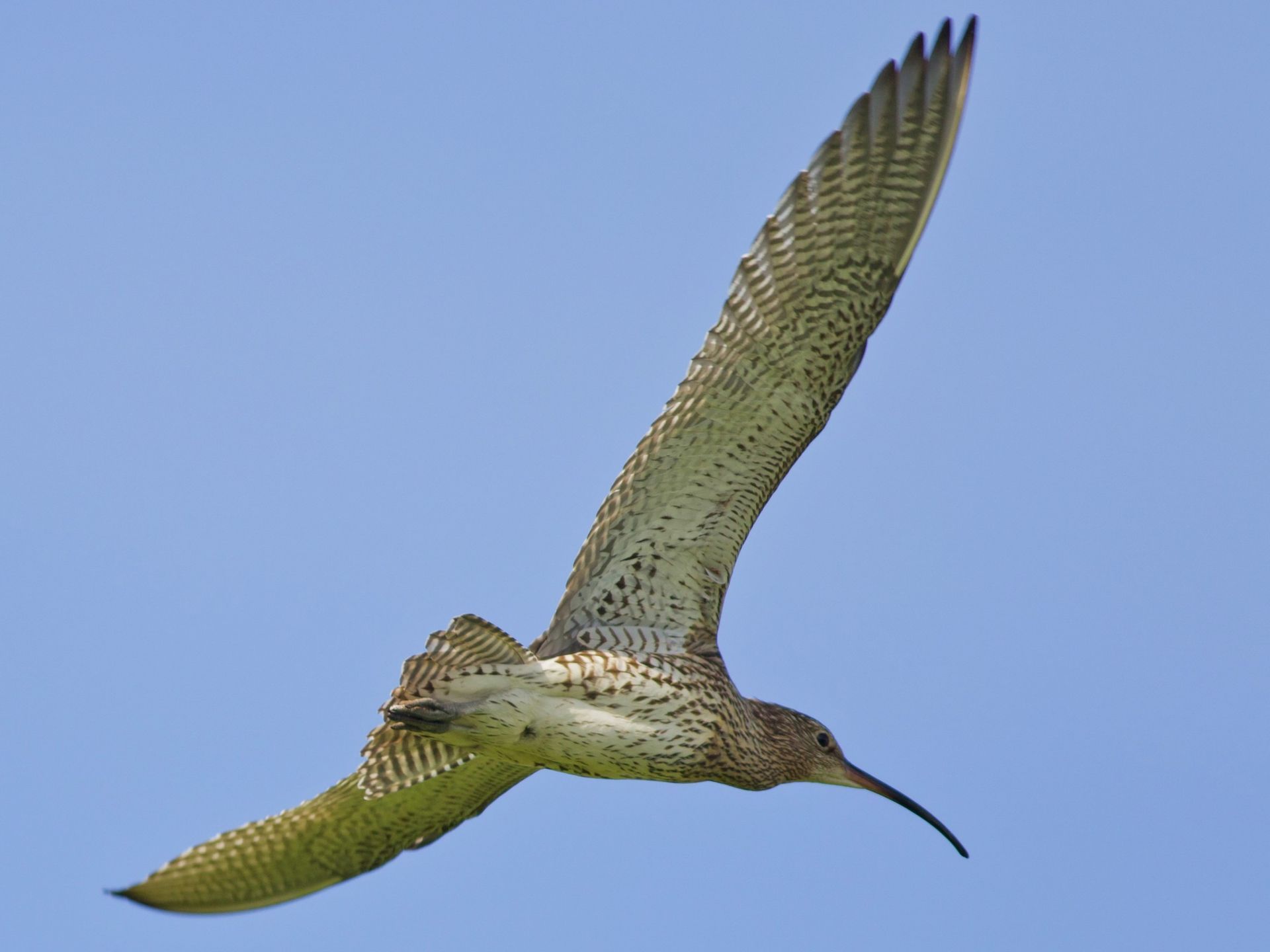
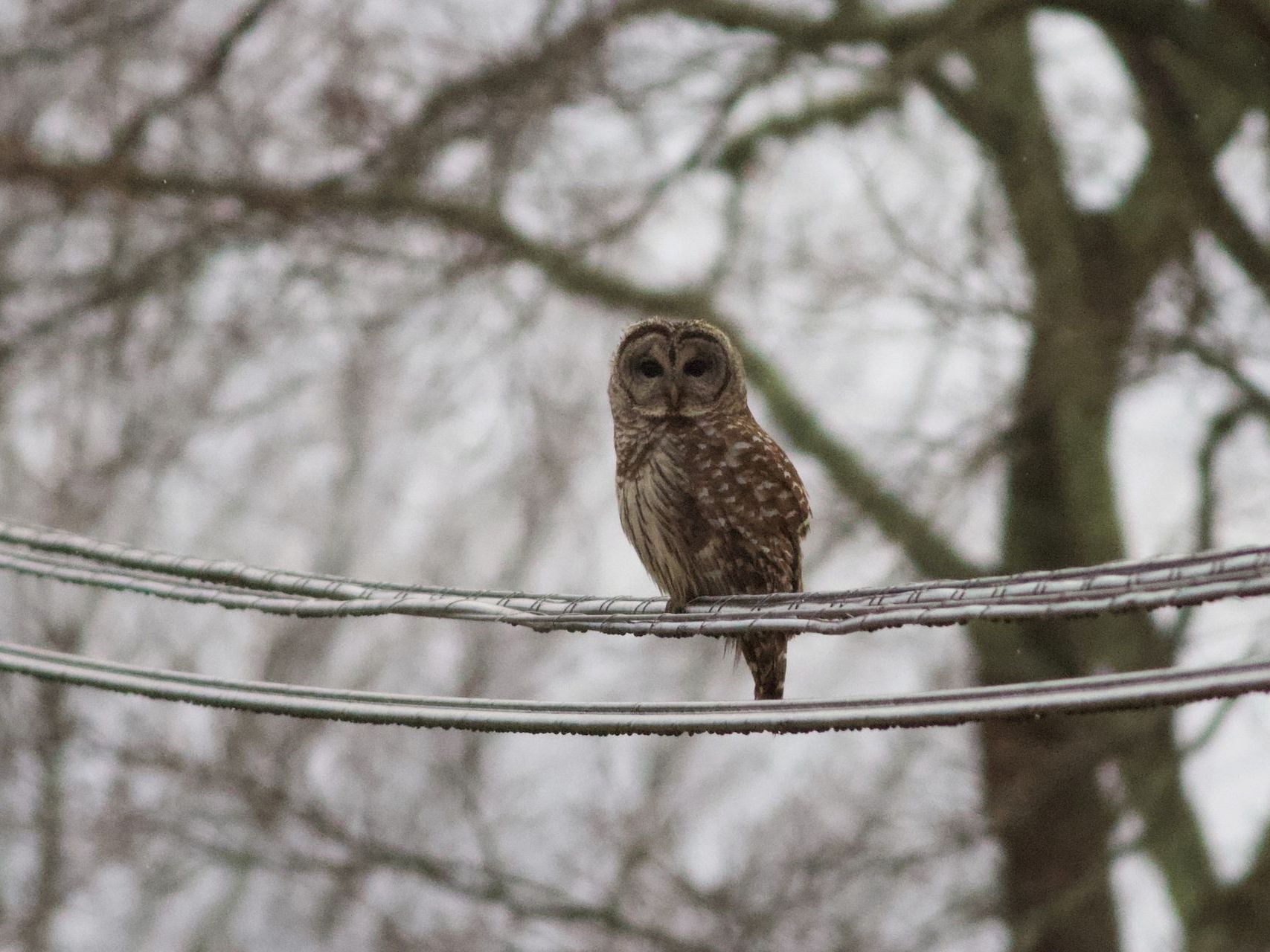

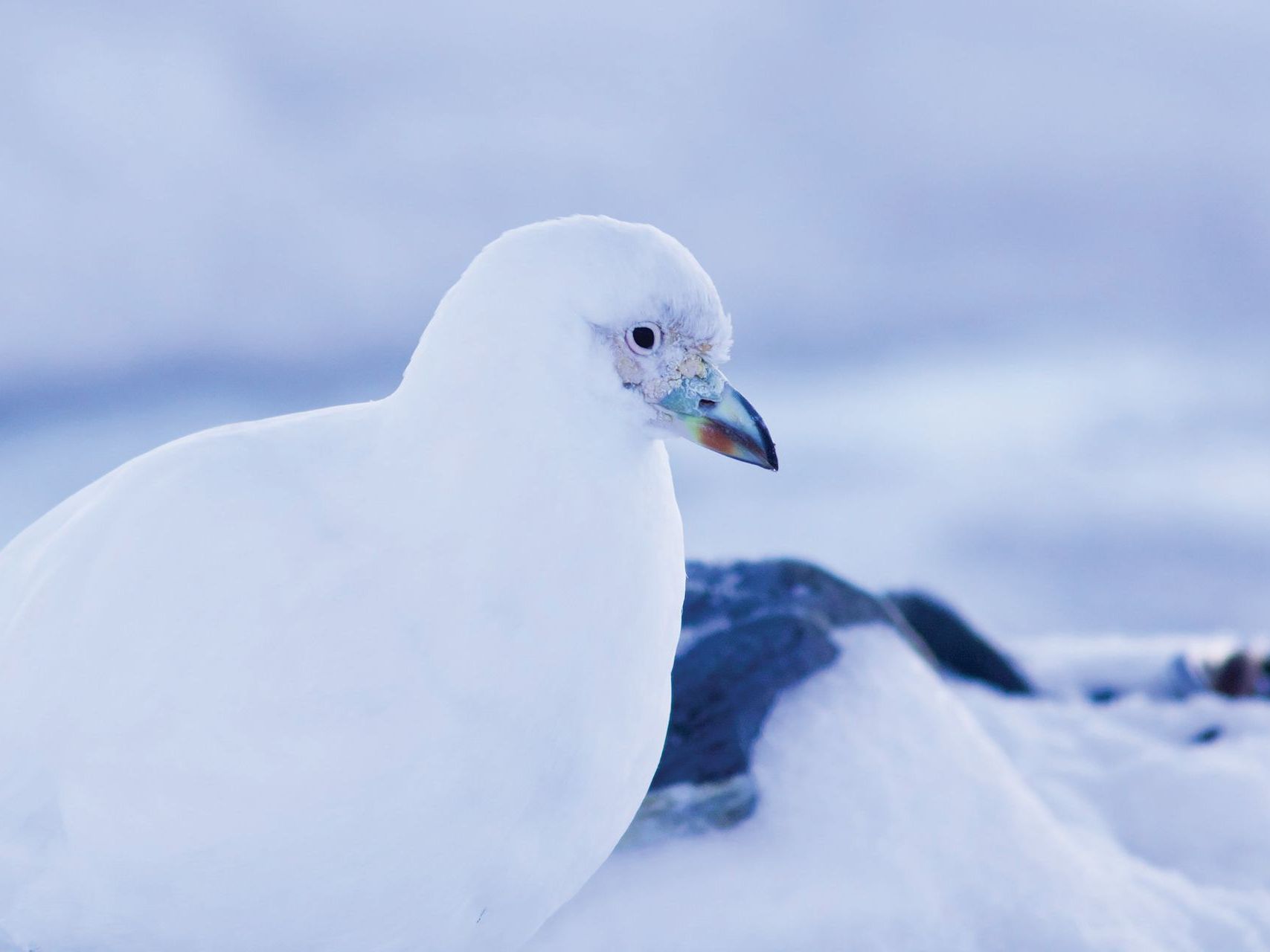



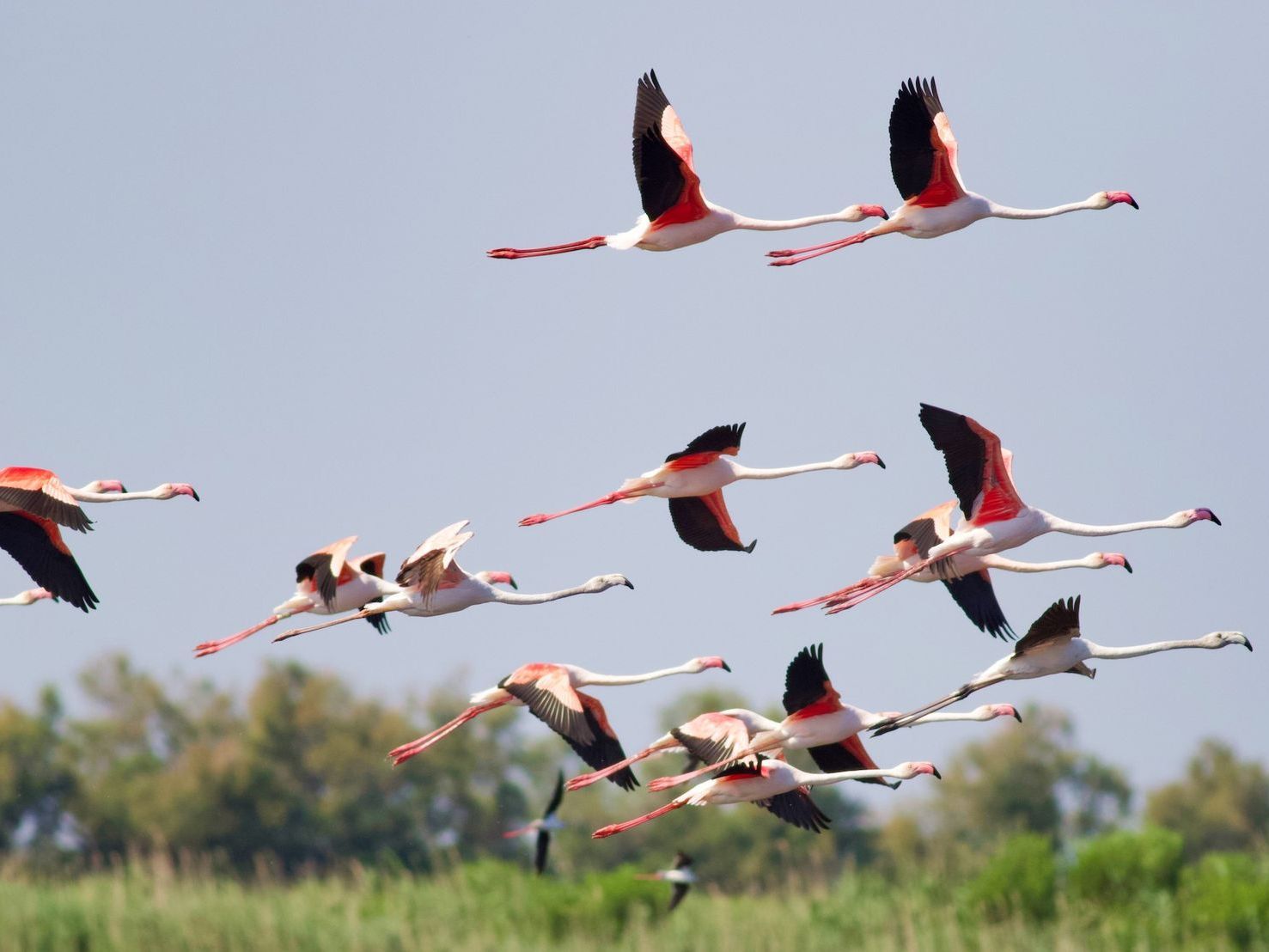

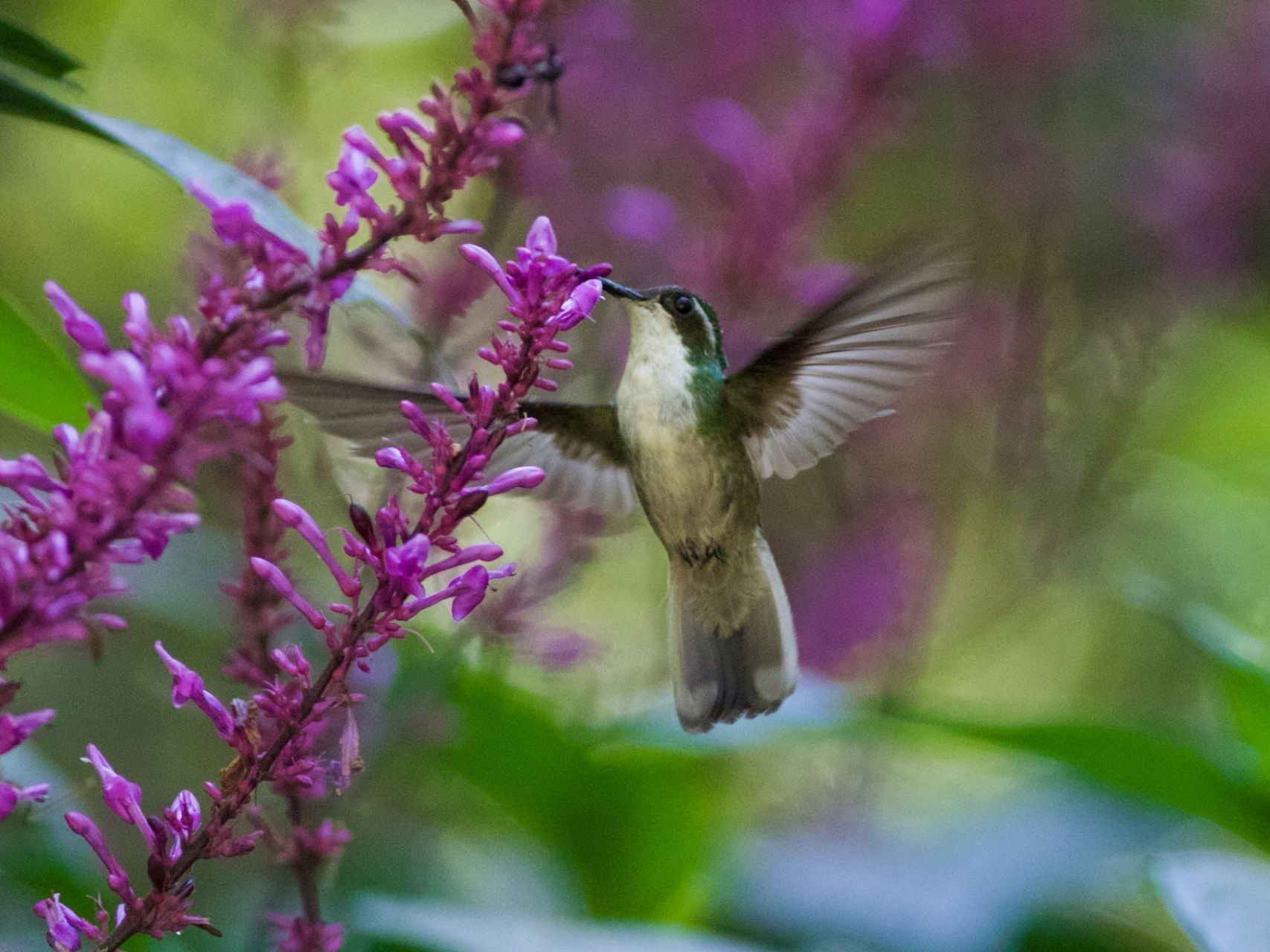
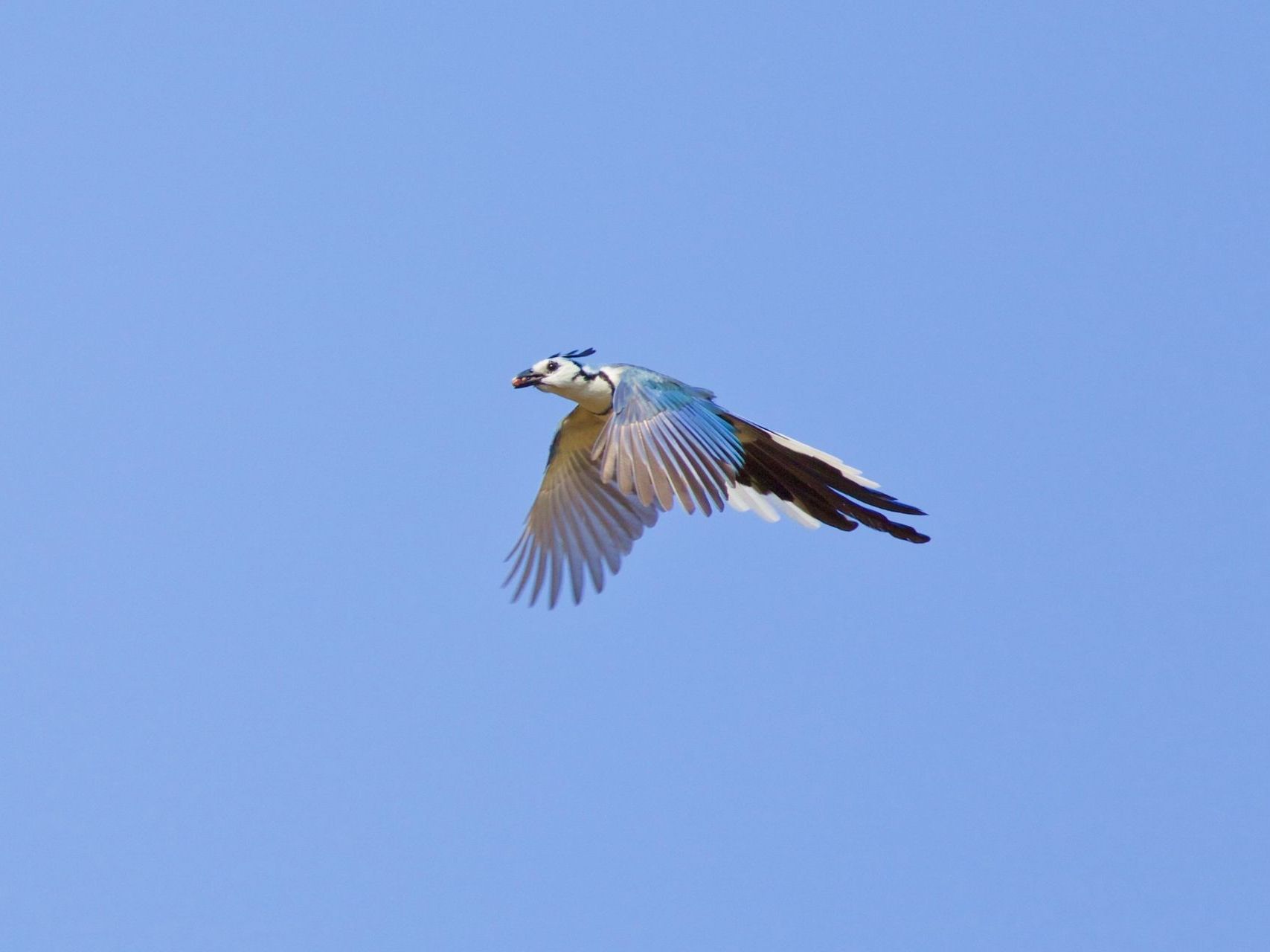

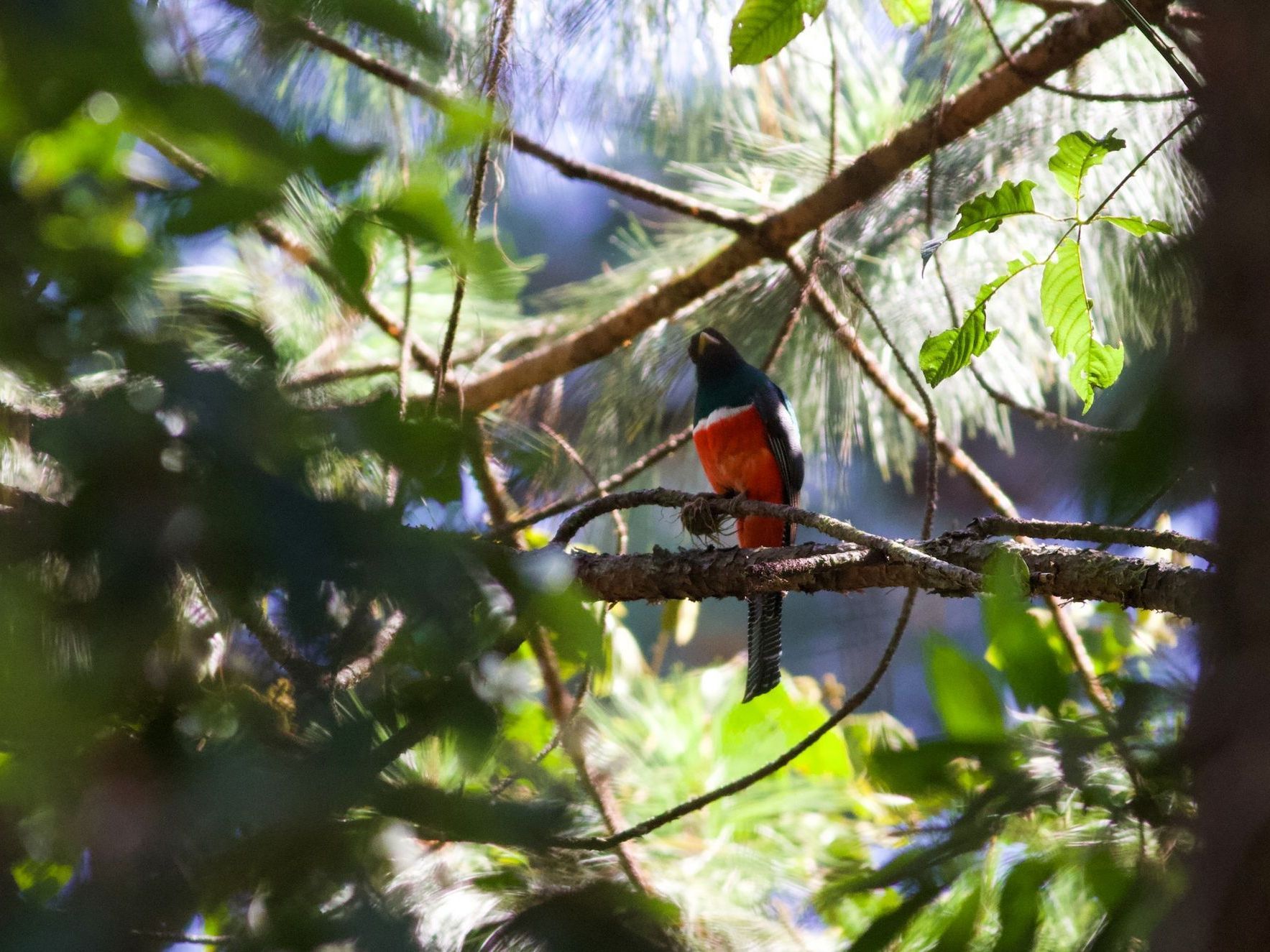
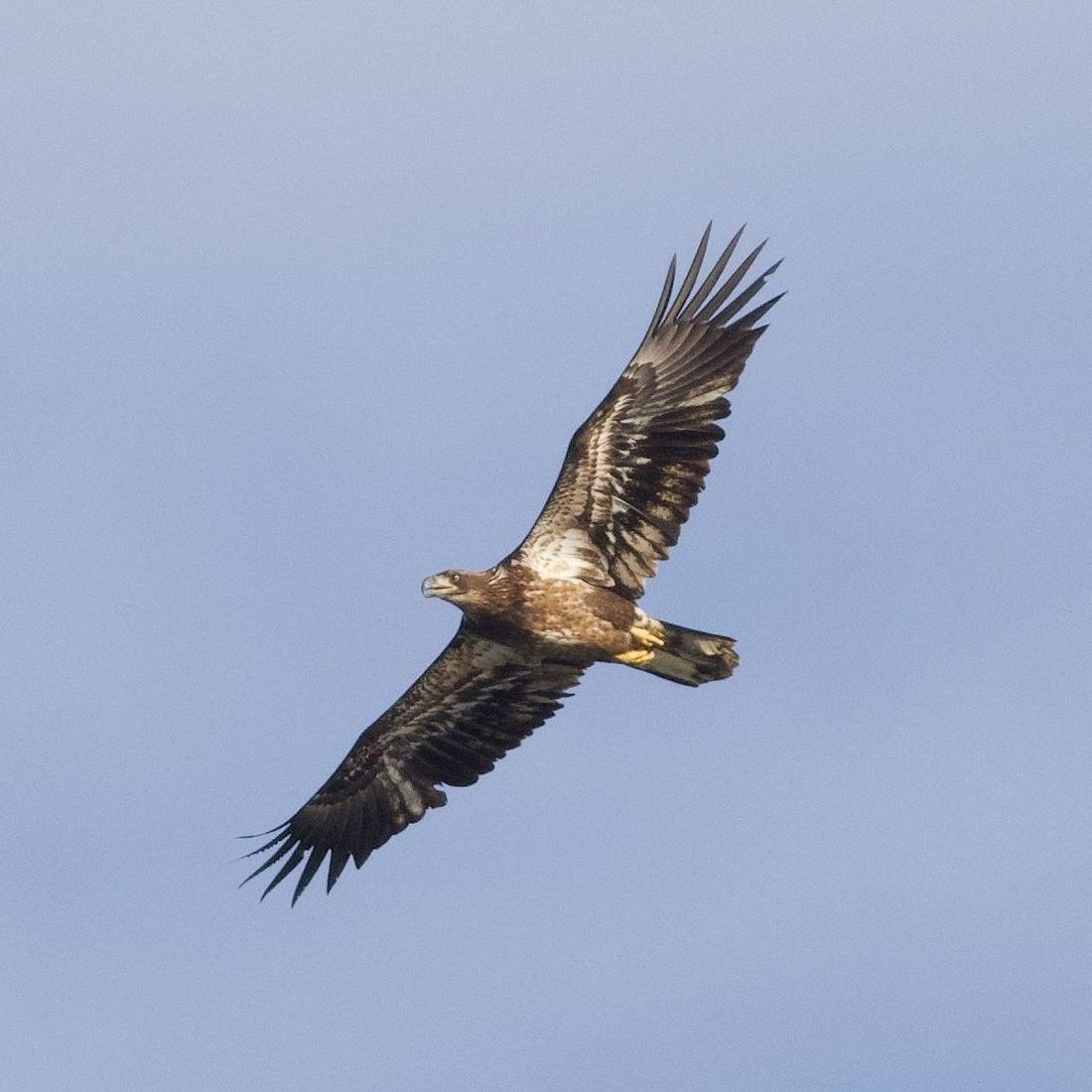
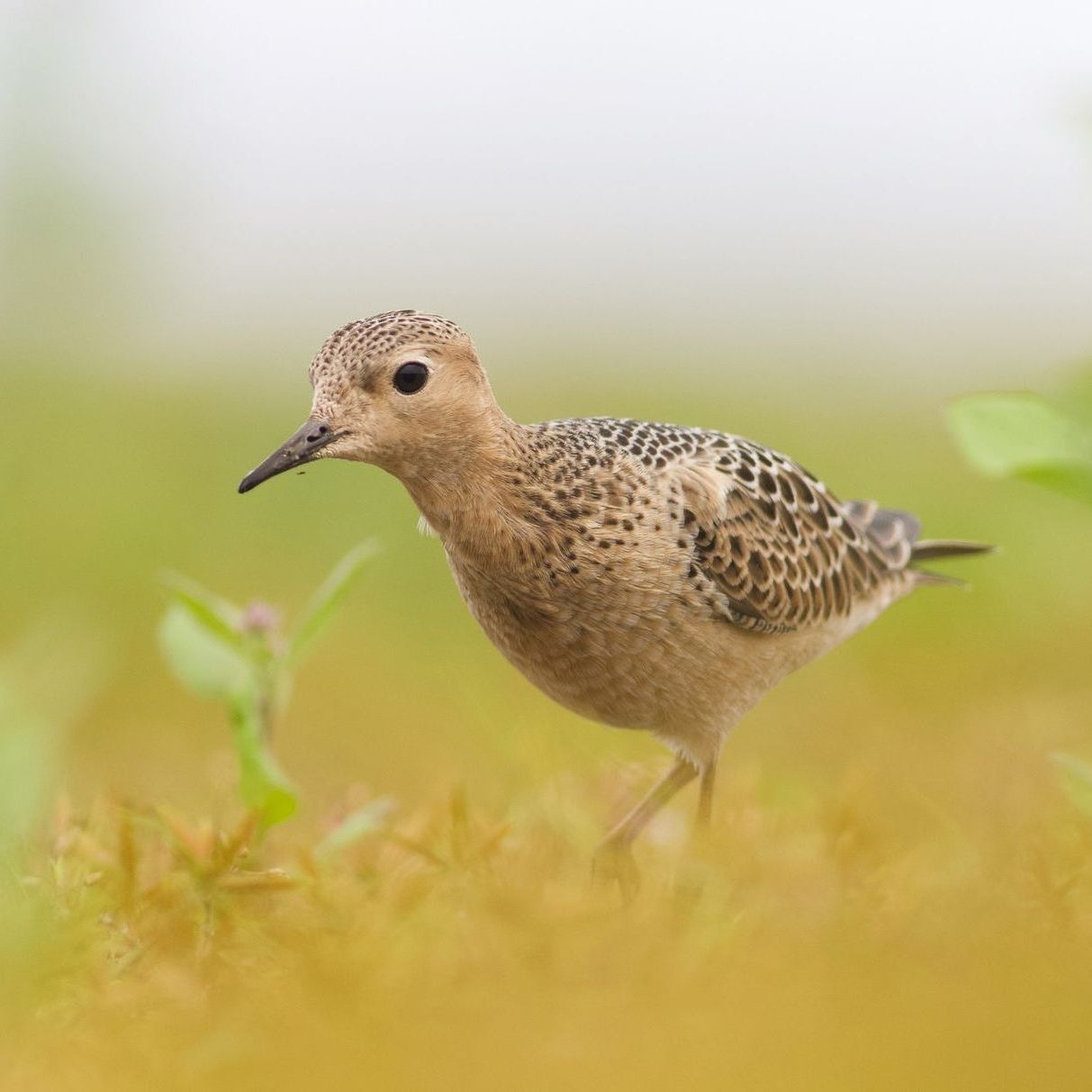

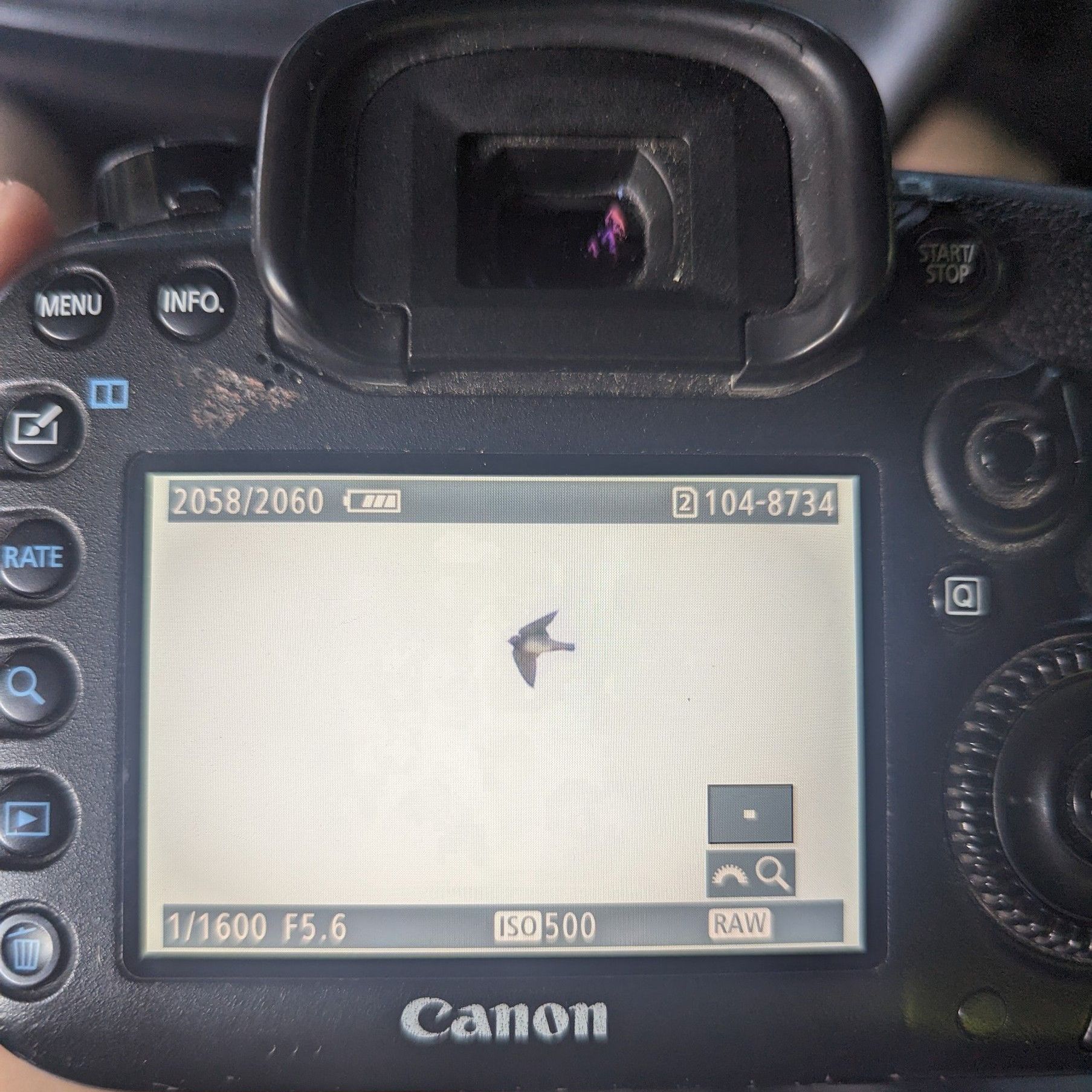
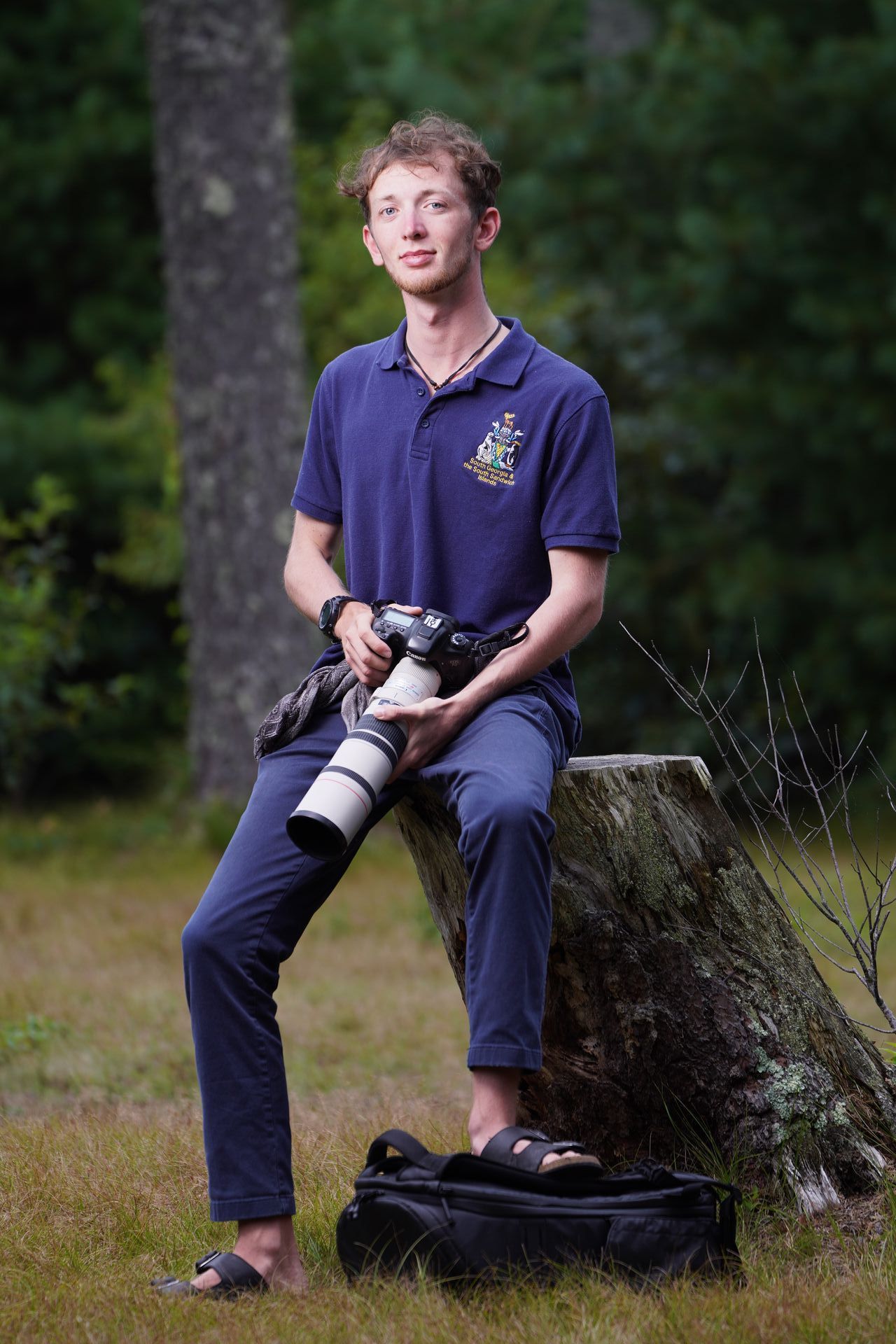
“It was my dad’s birthday,” he says. Kardell credits his family in part for his success. They have supported him throughout his expeditions, which have taken him from island to island across the planet, pursuing birds most people will never see in their entire lives. He is aware of how often he finds himself on islands and describes himself as an island hopper. Perhaps it is the influence of Nantucket that was still pushing him even as he stood on a barren isle halfway across the globe in June. Like his home, Grytviken was a whaling port and in the graveyard are the headstones of whalers from New London, where Kardell studies environmental science and architecture at Connecticut College.
This trip to Antarctica, filmed for an educational documentary, is hardly the first audacious journey Kardell has taken in search of birds. He once traveled directly through the heart of a region of Mexico controlled by anarcho-socialist rebels known as the Zapatistas, who at times refused to sell him goods because he was an outsider. He knew little about the Zapatistas before taking the journey; his goal was simply to maximize the number of bird species he would see.
Still, this voyage was unique, in part because of Kardell’s crewmates. Between documenting the birds drawn to the ship’s light and the krill they eat, Kardell spent much of his time on the ship getting to know the crew. “That’s all you do on a ship is get to know each other. And then when that gets boring, you play Scrabble,” he says. Kardell’s crewmates include a former bush pilot who grew up on an emu farm in Wyoming, a college student from Kenya and a top-ranked paraglider who circumnavigated the world at 20. One crew member, who tried to show Kardell the shape of the known universe using a piece of paper, spent 13 months working a telescope at the South Pole. “Usually, everyone works at the same lab. This was not the case. We were really a pack of strays,” Kardell says.
Kardell’s resume may be longer than many birders twice his age, but he isn’t slowing down. He is returning to Antarctica next year and is currently involved with two research projects, one studying the critically endangered Muskeget vole and the other documenting bird populations on Fishers Island, a remote isle off the coast of Connecticut with historical birding data going back to the late 1800s. Despite all of this, Kardell remains humble. “I’m not some exceptional individual,” he says. “I go in the direction God wants me to go in, and I don’t think I have much say over that.”


